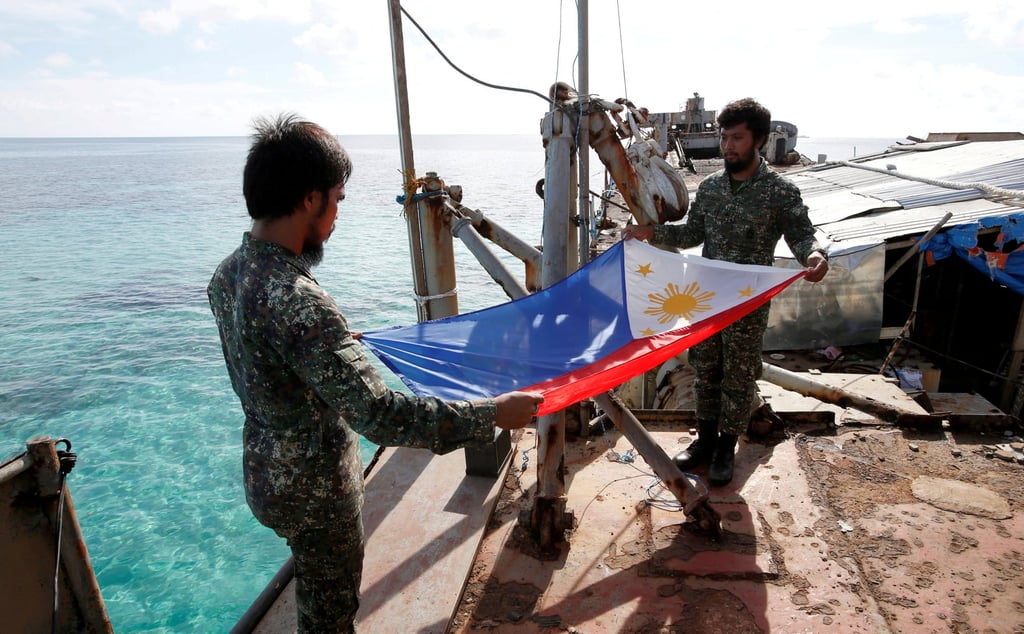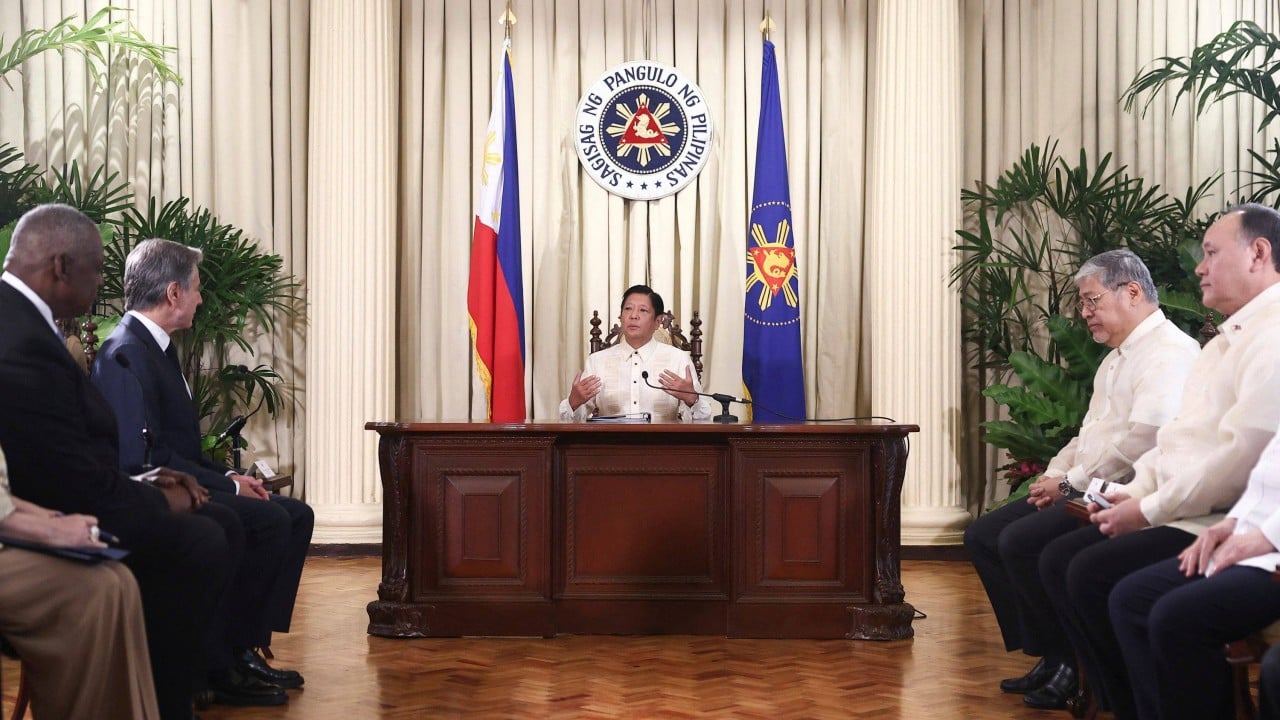The Philippines has carried out substantial reinforcements on a grounded World War II-era ship in the contested South China Sea, enough to make the outpost at the centre of tensions with Beijing last at least another decade, according to four people familiar with the matter.
President Ferdinand Marcos Jr.’s government ramped up efforts to maintain the military outpost on Second Thomas Shoal in the Spratly Islands after taking office in 2022, two of the people said. The BRP Sierra Madre was first deposited on the reef in 1999 in a move meant to reject on Beijing’s expansive claims in the region.
In 2021, the rusty and decrepit Sierra Madre was thought to only have a remaining lifespan of three to five years, one of the people said. While some efforts had previously been made to fortify the ship, Marcos’ government accelerated that work, two of the people said.
The improvements to the outpost, on which the Southeast Asian nation maintains a handful of troops it has to regularly resupply with fresh food, water and basic goods, has been sufficient to fortify it for years, according to three of the people.
All four of the people who spoke to journalists asked not to be identified, saying they were not authorised to discuss the sensitive issue publicly.
The resupply missions have been a constant source of tension with China, which has used its coastguard and a fleet of fishing vessels known as its maritime militia to block and intimidate Philippine ships. In one incident this year, axe-wielding Chinese sailors threatened Philippine sailors, with one losing his thumb when his small vessel was rammed by a Chinese boat. China has said that its actions were lawful.

The Chinese Foreign Ministry responded to a request for comment by reiterating that Beijing opposes any moves by the Philippines to supply construction materials, repair, or reinforce the warship.
Colonel Francel Margareth Padilla, a Philippine military spokeswoman, said the armed forces are “dedicated to ensuring the decent living conditions of our marines and sailors stationed on the BRP Sierra Madre.” Those efforts include “sustaining our presence in the West Philippine Sea, where the Philippines exercises sovereignty, sovereign rights, and jurisdiction,” she added.
In a shift from his predecessor, President Rodrigo Duterte, Marcos has pushed back more assertively against Beijing’s expansive claims over the South China Sea, a region critical to global trade. China has maintained its claims even after a UN-backed arbitration panel ruled in Manila’s favour.
Beijing maintains 27 outposts in the disputed sea, while Manila occupies nine features including Second Thomas Shoal, according to the Asia Maritime Transparency Initiative. Other nations which have competing claims in the region include Vietnam, Malaysia and Brunei.
In addition to fortifying the ship, Marcos’ administration has repeatedly invited journalists to cover missions to Second Thomas Shoal and film China’s coastguard seeking to interfere with those efforts. He has warned that the death of a Philippines service member by “an attack from any foreign power” would prompt him to invoke a mutual defence treaty with the US.
Hotline Agreement
China has long opposed the delivery of construction materials to the Sierra Madre and repeatedly urged the Philippines to tow the vessel away.
After several high-profile confrontations over the past year, the two nations agreed to ease tensions last month, hammering out a confidential “provisional arrangement” on Manila’s missions to Second Thomas Shoal as well as a hotline that includes representatives of Marcos and Chinese President Xi Jinping.
In a sign that de-escalation may be working, the Philippines said its latest mission to Second Thomas Shoal over the weekend – the first following the agreement between Manila and Beijing – was conducted without incident.


